Autism With Speech Delay

A Comprehensive Guide to Autism with Speech Delay
Autism Spectrum Disorder (ASD) often presents with speech delays, but understanding the nuances between typical speech development issues and autism-related communication challenges is crucial. This article explores the signs, causes, development patterns, and intervention strategies for children with autism and speech delay, offering insights for parents, caregivers, and educators committed to early detection and effective support.
Recognizing Early Signs and Symptoms of Autism and Speech Delay
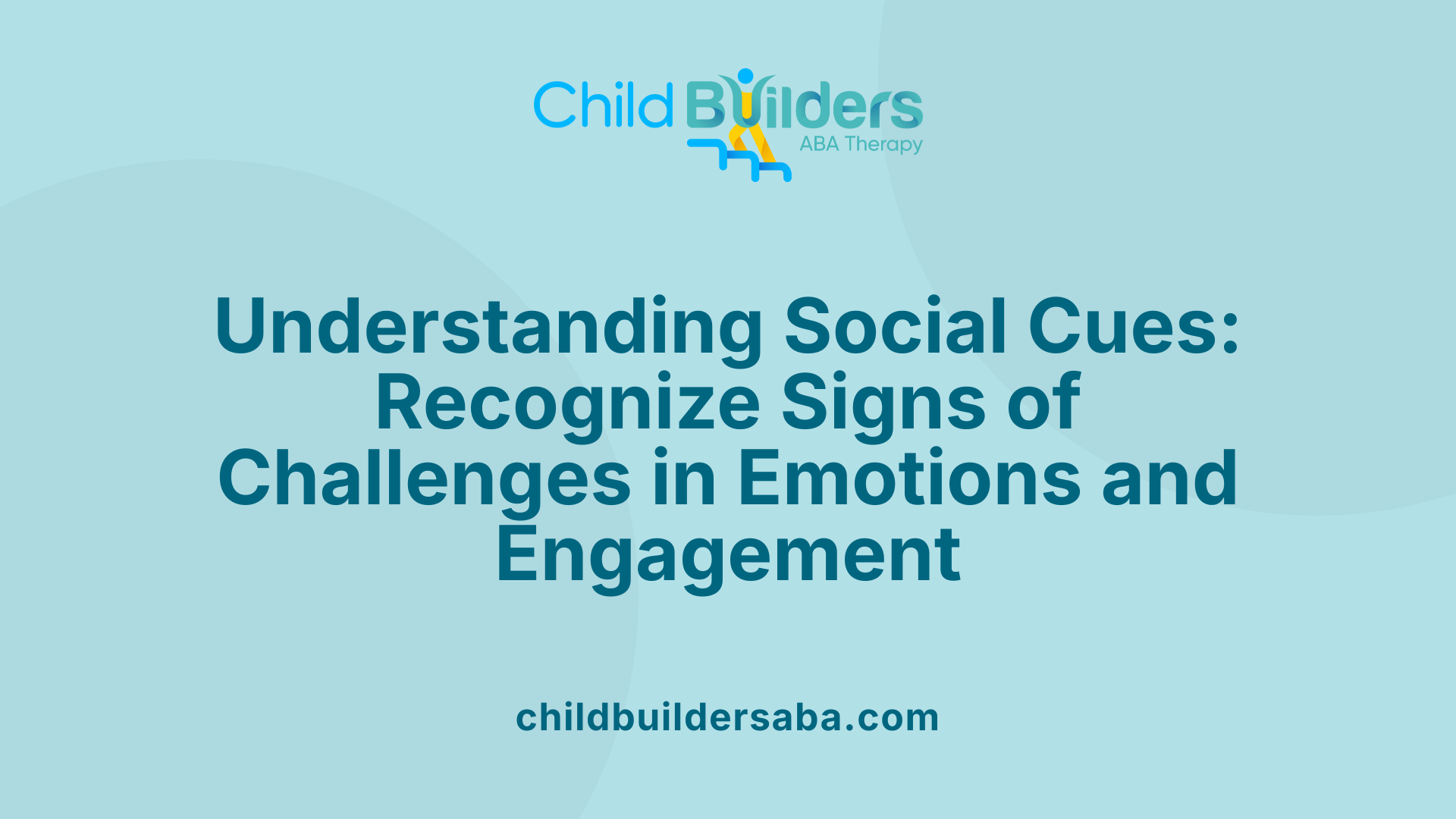
Are there delayed speech milestones that can indicate developmental concerns?
Children typically reach various speech milestones between 4 and 24 months of age. For example, most children start babbling by around 4 to 6 months, say their first words by about 12 months, and use simple two-word phrases by 24 months. If a child is not meeting these milestones—such as not babbling by 12 months, not using any words by 18 months, or not combining words by age 2—these could signal speech delays. Minimal or no babbling, lack of gestures, difficulty understanding instructions, or inconsistent speech sounds are also signs of concern. Monitoring these milestones helps parents and caregivers identify early signs of developmental issues. If concerns are observed, an early evaluation by a speech-language pathologist can facilitate timely intervention, which is crucial for supporting speech and language development.
How can difficulty with non-verbal communication and limited eye contact be signs of autism?
Children with autism often show challenges in non-verbal communication. For instance, they might avoid eye contact, which is typically a social cue used to engage others. They may also have delayed or atypical body language gestures, such as limited pointing or waving, and may not respond to their name by 12 months. These behaviors can indicate difficulties in understanding and using non-verbal cues, which are essential for effective communication and social interaction. Replacing or struggling with gestures, facial expressions, and eye contact are common early signs. Recognizing these signs early can prompt further assessment for autism and the beginning of supportive therapies to improve social skills.
Are repetitive behaviors and restricted interests indicative of autism?
Repetitive behaviors and restricted interests are hallmark signs of autism spectrum disorder (ASD). These behaviors include repetitive movements like hand-flapping or lining up toys, intense focus on specific interests, and a preference for routines. Such behaviors often emerge early and can be observed in children as young as 12 months. They may also show a preference for playing alone, instead of engaging in interactive play. These repetitive behaviors serve as comforting routines or ways to self-regulate but can interfere with social learning. Recognizing these behaviors alongside other signs helps professionals diagnose autism early, allowing for targeted interventions that improve social and communication skills.
What signs suggest a child is having trouble understanding others' feelings?
Children with autism may struggle to interpret others’ emotions and social cues. They might have difficulty understanding facial expressions, tone of voice, or body language that indicate how someone else is feeling. For example, a child might not recognize when a peer is upset or happy, and may not respond appropriately sometimes showing flat affect or appearing unresponsive. This can make social interactions challenging. Early signs include limited sharing of interests or emotions, not responding to social gestures, or not showing empathy. These difficulties often become apparent within the first two years and are key indicators for further assessment. Early intervention can guide children to better understand and interpret social cues, enhancing their social and emotional skills.
How do autism and speech delay differ, and what overlaps exist?
While speech delays are common in children with autism, they are not exclusive to autism. A speech delay involves a child not meeting typical language milestones such as starting to babble, forming words, or combining phrases according to age expectations. It may result from issues like hearing loss, oral-motor problems, or developmental delays. Autism, however, involves broader challenges including social communication deficits, restricted interests, and repetitive behaviors. Many children with autism also experience speech delays, but they often display other signs such as limited eye contact, reluctance to engage socially, or repetitive behaviors.
Early signs that differentiate autism from typical speech delay include persistent difficulties in understanding social cues, lack of response to their name, and inflexible routines. Children with speech delay tend to develop social interaction skills at a typical pace but more slowly. Distinguishing between the two requires careful observation and professional evaluation, as early diagnosis is crucial for effective intervention.
Can children with autism exhibit very advanced verbal skills?
Yes, some children with autism can be highly verbal. They may use fluent speech and have extensive vocabulary, but still face difficulties in aspects of social communication, understanding idiomatic language, or engaging in reciprocal conversations. These children might speak in a formal or rehearsed manner and may rely on stereotyped phrases or scripts. Conversely, they may also prefer using language for environmental regulation rather than social exchange. Verbal ability varies widely across the autism spectrum, and language skills alone do not determine the severity of communication challenges.
Early intervention, regardless of verbal abilities, can support social understanding and effective communication. Recognizing that highly verbal autistic children can still experience significant social or sensory difficulties is important for providing comprehensive support.
Developmental Milestones and How They Differ in Autism and Speech Delay
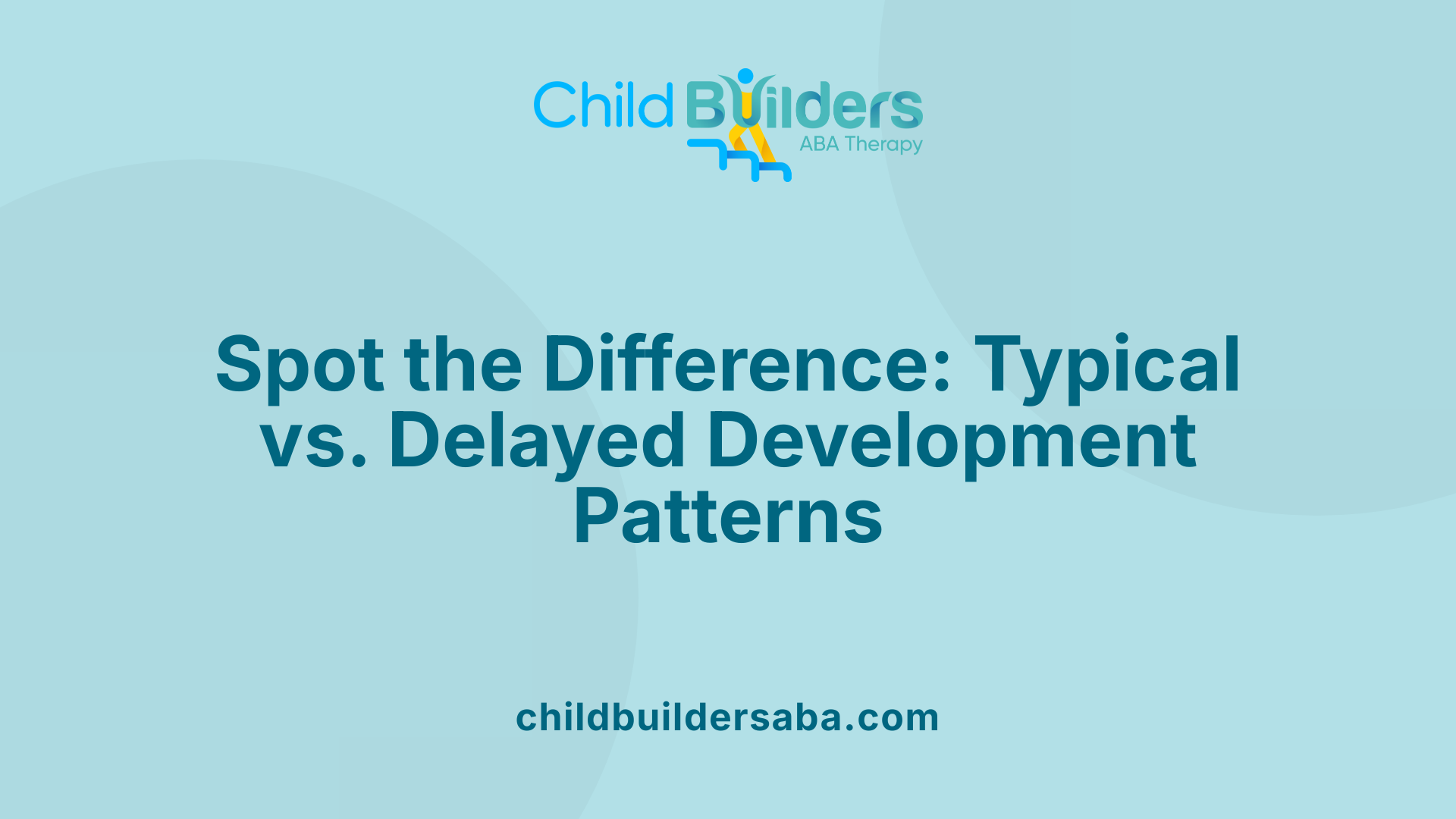
Typical speech development milestones
Most children follow a recognizable pattern of speech and language milestones during their first two years. Between 4 and 6 months, babbling begins, with children experimenting with sounds such as 'ba,' 'da,' or 'mo.' By around 12 months, children usually point to familiar objects, imitate sounds, and begin using simple gestures. At age 2, they typically combine two words to form basic sentences, like 'more juice' or 'bye-bye.' Their vocabulary expands rapidly, and they respond to simple instructions.
Recognizing these milestones helps parents and healthcare providers gauge whether a child's language development is on track. For example, most children can recognize familiar people, understand simple commands, and start using words meaningfully by age two.
Delayed milestones as indicators of issues
When children do not meet these expected milestones, it may signal underlying developmental concerns. Signs include absence of babbling before one year, lack of gestures such as pointing or waving by 12 months, and limited vocabulary or absence of two-word phrases by age two.
In children with autism, these delays are often more pronounced and accompanied by other signs like limited eye contact, reduced response to their name, or repetitive behaviors. They might also rely more on gestures than spoken words, or use words in a script-like, unvarying manner.
Early recognition of these signs allows for timely intervention, which can improve communication skills and overall development.
Speech and language milestones in children with autism
Children with autism often show a different pattern of speech development. Many experience a plateau or regression in speech skills, sometimes losing previously acquired words. Key differences include:
- Not pointing or using gestures to communicate by 18-24 months.
- Not responding or showing interest when called by name.
- Using repetitive phrases or echolalia, repeating sentences heard elsewhere.
- Limited spontaneous speech or using words mainly to control their environment rather than for social interaction.
- Delayed or absent development of basic vocabulary by 12-18 months.
Receptive language (understanding spoken words) often lags behind expressive language (speaking), making communication particularly challenging.
Importance of early identification
Detecting delays early is crucial. Early diagnosis, preferably before age two, opens the door to interventions that can significantly alter developmental trajectories. Therapy options include speech-language therapy, behavioral interventions like ABA, and occupational therapy to support social, cognitive, and communication skills.
Interventions work best when implemented in a supportive, language-rich home environment, complemented by professional guidance. Regular developmental screenings during well-child visits can identify signs of delay, prompting further assessment.
Early recognition and treatment not only improve communication but also help in addressing other associated challenges, fostering better social engagement, learning, and emotional well-being throughout childhood and into adulthood.
Causes and Factors Contributing to Autism and Speech Delays
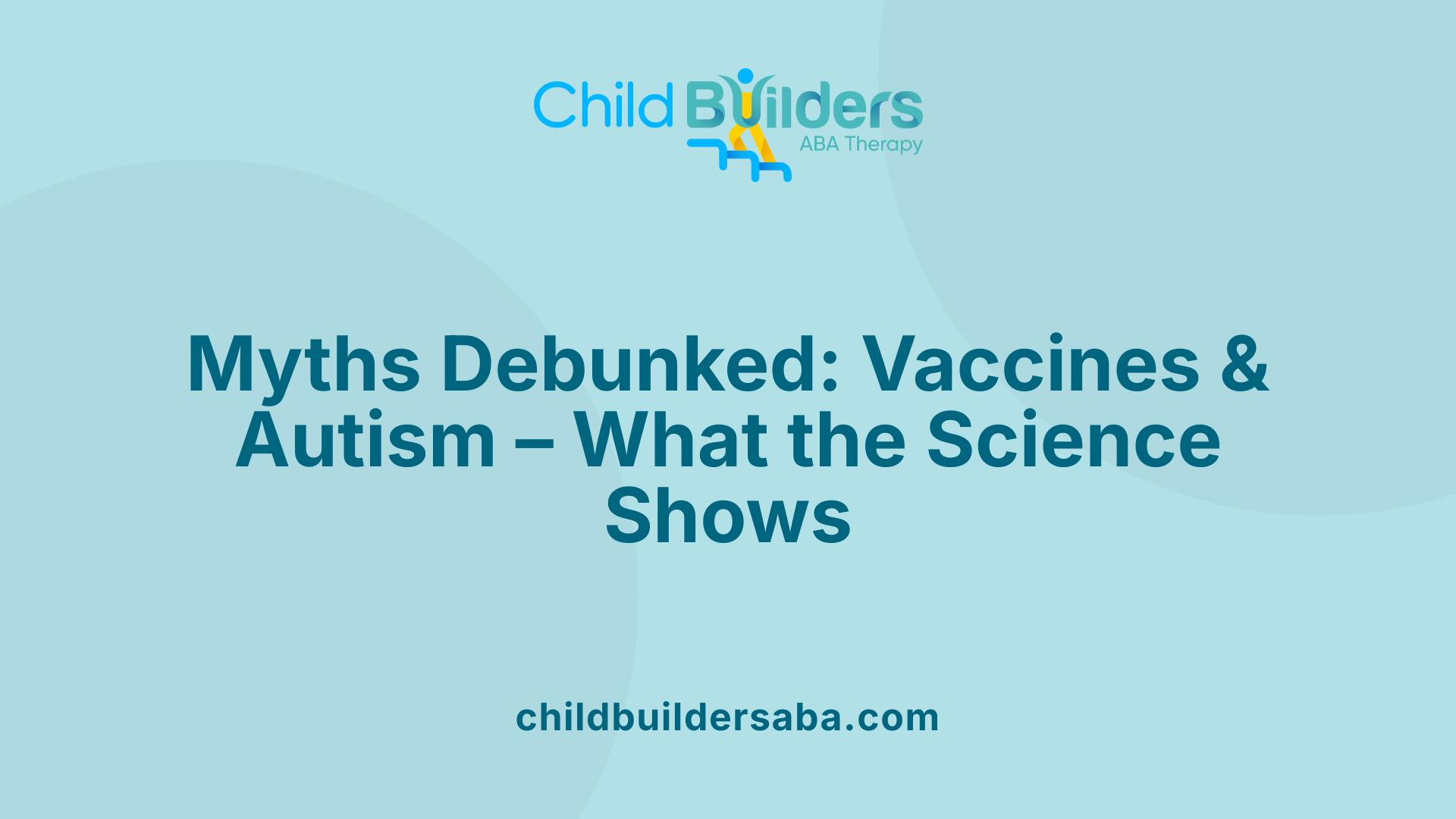
What are the causes and contributing factors of autism and speech delays?
Autism Spectrum Disorder (ASD) and speech delays are complex conditions influenced by a blend of genetic, neurobiological, environmental, and developmental factors. The development of autism involves differences in brain growth and neural connectivity, which impair social communication, language skills, and often include repetitive behaviors.
Speech delays, on the other hand, can have diverse origins such as hearing impairments, auditory processing issues, and oral-motor problems like apraxia and dysarthria. These challenges hinder a child's ability to articulate sounds correctly or understand and use language effectively. Conditions like intellectual disabilities also contribute to delays in speech and cognitive development.
Environmental influences play a role during pregnancy and early childhood. Factors like maternal illness, exposure to harmful substances, or birth complications can affect the neurodevelopmental trajectory of a child.
Genetic predispositions are significant; mutations in certain genes and inherited traits increase the risk of ASD and speech delays. For instance, syndromes such as Rett or Fragile X are linked to higher incidences of autism and related language impairments.
Most importantly, the interplay between these genetic vulnerabilities and environmental exposures creates a risk profile for these neurodevelopmental challenges. Recognizing these influences allows for early diagnosis and intervention, which are vital in promoting better outcomes.
Are vaccines linked to autism?
Extensive scientific research has consistently shown that vaccines do not cause autism. Multiple studies and reviews conducted over the years have found no credible evidence supporting a link between vaccinations and the development of autism spectrum disorder. Health organizations worldwide, including the CDC and WHO, affirm that vaccines are safe and not associated with autism.
The causes of autism are now understood to involve complex genetic and environmental interactions, primarily related to differences in brain development that occur independently of immunizations.
How do genetic and environmental factors influence autism and speech delays?
Genetics play a central role, with specific gene mutations and inherited traits increasing the susceptibility to autism and speech delays. These genetic factors influence brain structure and function, affecting communication pathways.
Simultaneously, environmental influences—such as maternal health during pregnancy, exposure to toxins like lead or pesticides, and complications during birth—can impact neurodevelopment. These external factors may alter brain growth and neural circuitry, especially when combined with genetic vulnerabilities.
Children with certain risk factors often benefit from early screening, which can enable prompt intervention, therapy, and support services. Understanding these influences emphasizes the importance of comprehensive, multidisciplinary approaches to diagnosis and treatment.
| Factors | Description | Examples |
|---|---|---|
| Genetic factors | Inherited or mutation-based influences on brain development | Rett syndrome, Fragile X syndrome, gene mutations |
| Environmental influences | External environmental factors impacting development | Maternal illness, toxins, birth complications |
| Brain development abnormalities | Structural or functional brain differences affecting skills | Reduced gray matter, abnormal lateralization |
| Hearing impairments | Loss or impairment in auditory processing | Ear infections, auditory processing disorder |
| Neurobiological differences | Variations in brain activity and connectivity | Altered hemisphere activation, reduced language areas |
Understanding these diverse factors helps caregivers and professionals make informed decisions about early interventions, therapies, and supportive environments that promote better developmental trajectories for children affected by speech delays and autism.
Intervention Strategies and Therapies for Supporting Children with Autism and Speech Delay
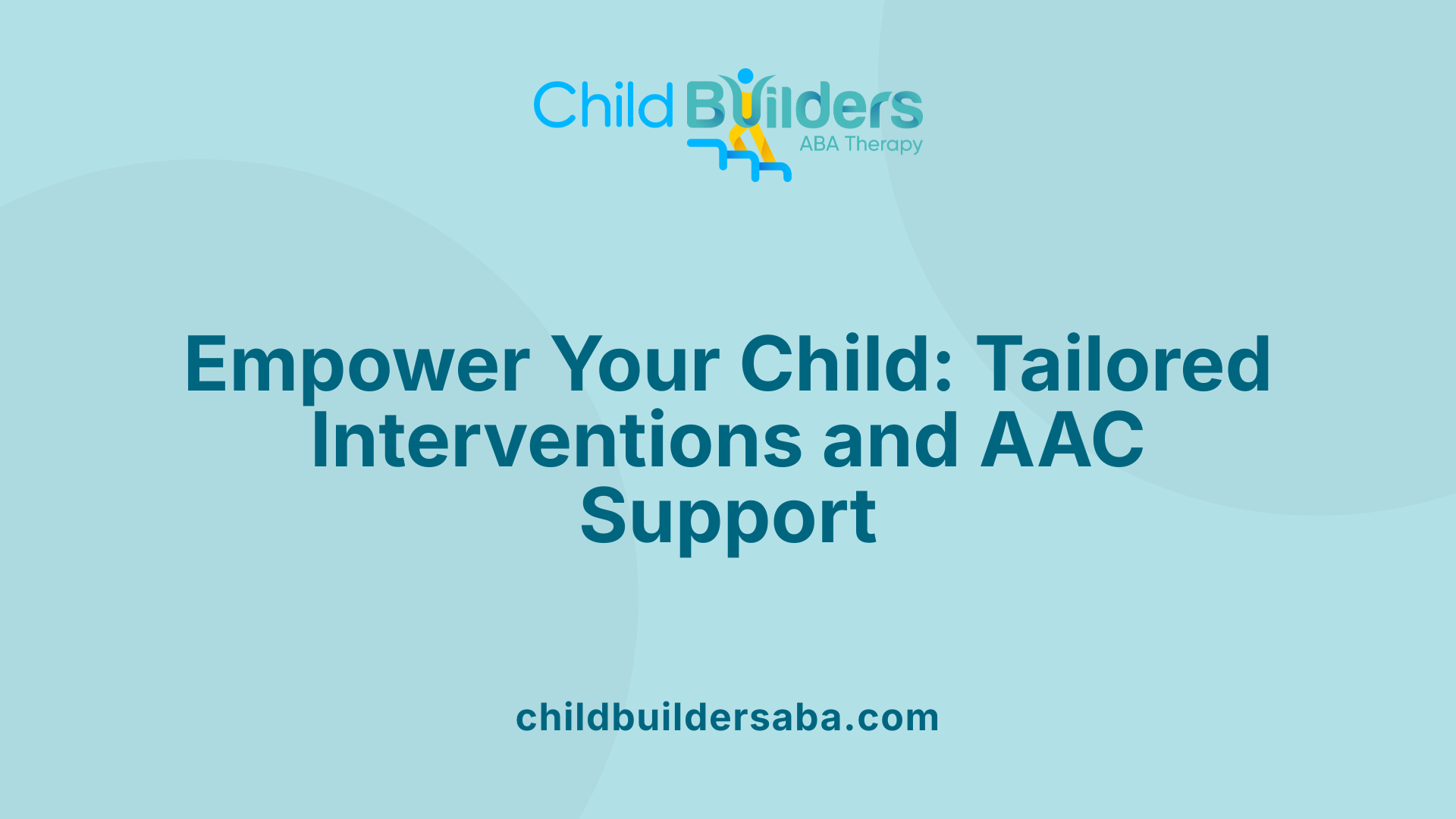
What therapies and interventions are effective for autism with speech delays?
Addressing speech delays in children with autism involves a blend of specialized therapies. Speech-language therapy forms the foundation, focusing on improving both verbal and nonverbal communication through tailored activities. These sessions often use visual aids, social stories, and augmentative and alternative communication (AAC) tools like picture exchange systems or communication devices.
Applied Behavior Analysis (ABA) is a well-supported intervention that employs behavioral strategies, including discrete trial training and pivotal response training, to enhance communication skills. ABA helps teach purposeful speech, reduce inappropriate behaviors, and encourage social interactions. Developmental approaches like the Early Start Denver Model (ESDM) utilize play-based strategies to stimulate language, cognitive, and social skills simultaneously.
In addition to these, therapies like occupational therapy address sensory and motor challenges that often accompany autism. Combining these methods early often results in better communication outcomes, especially when parents are actively involved in reinforcing skills at home.
How does speech therapy aid children with autism?
Speech therapy targets key areas such as articulation, receptive and expressive language, and social communication. Therapists design engaging activities—games, storytelling, and visual supports—to boost vocabulary and help children understand how to use language in social settings. For children with limited speech, AAC methods like sign language or communication devices give them alternative ways to express themselves.
Consistent speech therapy can lead to improvements in speech clarity, language comprehension, and pragmatic skills. Early intervention enhances the likelihood that children will develop functional communication, allowing for better social integration and academic success.
What role does behavior therapy, such as ABA, play in managing autism with speech delay?
ABA is a structured and evidence-based approach focusing on changing behavior patterns and promoting learning. For children with speech delays, ABA uses reinforcement to encourage communication attempts, expand vocabulary, and foster social behaviors.
Therapists design individualized programs that target specific speech and social skills, often involving parents in training to carry over techniques at home. ABA's emphasis on data collection and progress tracking ensures that interventions are effective and adjusted as needed. This approach can significantly improve verbal skills, reduce maladaptive behaviors, and promote independence.
How do augmentative and alternative communication (AAC) methods support non-verbal children?
AAC encompasses a variety of tools and strategies that help children express themselves when speech is limited or absent. These include picture communication boards, sign language, and electronic devices like speech-generating tablets.
Implementing AAC early can dramatically reduce frustration, foster social interaction, and serve as a stepping stone toward speech development. AAC strategies are personalized based on the child's abilities and preferences, ensuring they can effectively participate in daily routines, learning, and social activities.
By promoting functional communication, AAC improves quality of life and helps children build confidence in expressing their needs and ideas.
Additional Supportive Practices
Home practices are vital in supporting therapy progress. Creating a language-rich environment, engaging in reading, using visual supports, and encouraging imitation and social interactions can reinforce learned skills.
Parents and caregivers play a crucial role by maintaining consistent routines, practicing speech exercises, and collaborating with therapists to ensure comprehensive support.
| Intervention | Main Focus | Tools & Methods | Benefits |
|---|---|---|---|
| Speech-language therapy | Articulation, language skills | Visual aids, social stories, AAC | Improved speech clarity, comprehension, social use of language |
| ABA therapy | Behavioral and social skills | Reinforcement, structured programs | Increased communication, reduced problem behaviors |
| Occupational therapy | Sensory and motor skills | Sensory integration techniques | Better daily functioning, decreased sensory overload |
| AAC methods | Communication for non-verbal | Picture exchange, sign language, devices | Enhanced expression, social participation |
| Home practices | Reinforcement of skills | Reading, visual supports, speech exercises | Progress acceleration, lifelong habits |
In summary, combining these therapies and strategies allows children with autism and speech delays to develop their communication abilities effectively. Early intervention, tailored plans, and active parental involvement are essential to optimize outcomes.
The Role of Neuroimaging and Research in Understanding Autism and Speech Development
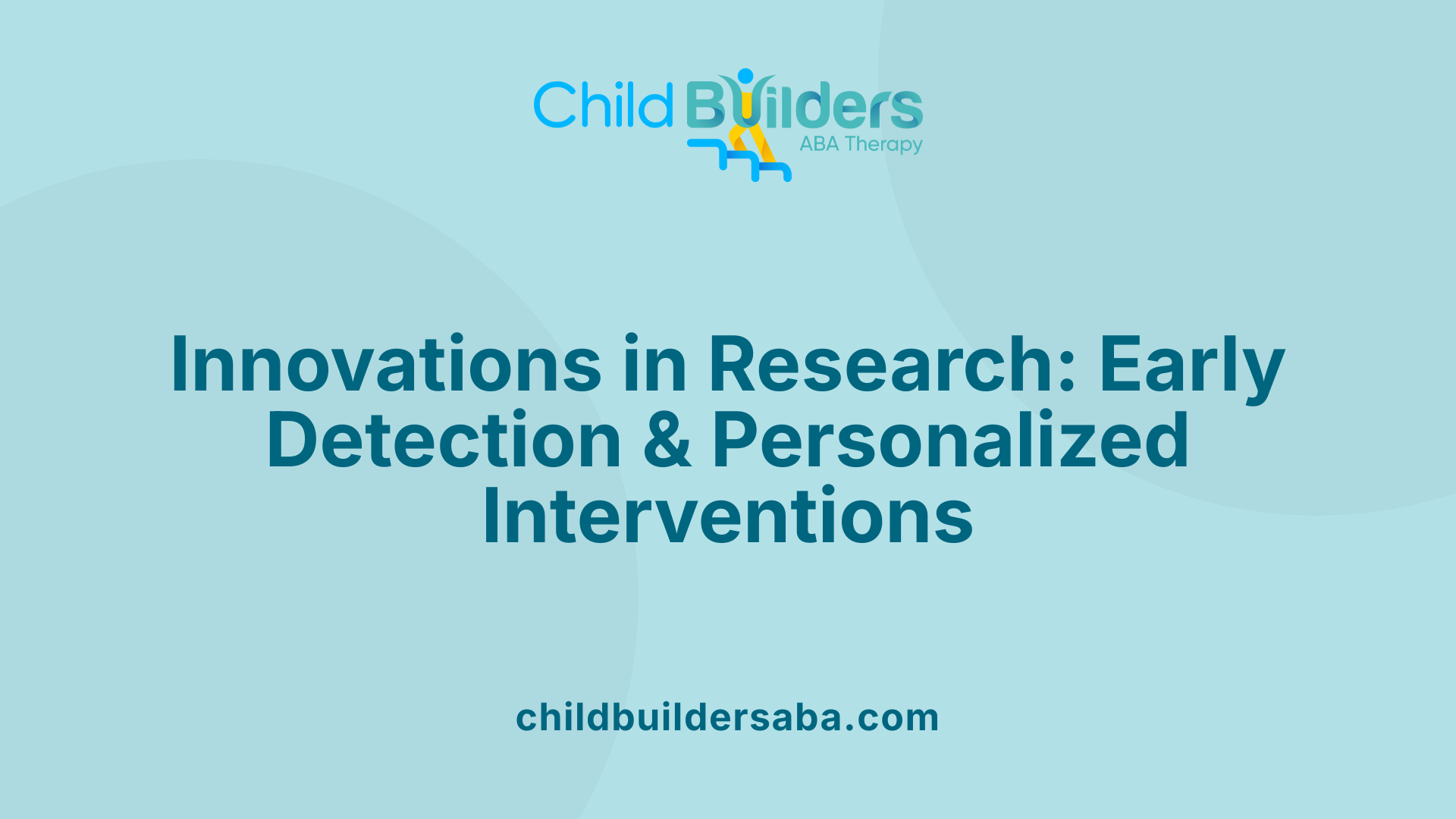
What neurodevelopmental differences are associated with autism and speech delays?
Neuroimaging studies have revealed notable structural and functional differences in the brains of children with autism, especially in areas responsible for language processing. For instance, decreased gray matter volume is often observed in regions like the left inferior frontal gyrus, which plays a fundamental role in speech production and language comprehension. Functional imaging further uncovers atypical hemispheric dominance, with many autistic children relying more heavily on the right hemisphere when processing language, whereas typically developing children predominantly engage the left hemisphere.
Advanced imaging techniques, including sleep functional MRI (fMRI), demonstrate that children with autism exhibit abnormal brain responses to speech stimuli. These include reduced activation in key areas such as the superior temporal gyrus and altered hemispheric dominance. Together, these neurodevelopmental differences account for the challenges faced in speech and language acquisition among children with autism and may influence the severity and variability of their communication skills.
How does neuroimaging contribute to early diagnosis and intervention?
Neuroimaging techniques like MRI and fMRI are pivotal in uncovering early brain abnormalities associated with autism and speech delays before behavioral symptoms become apparent. For example, reduced activation in core language areas and abnormal lateralization patterns can be detected in infants and toddlers at high risk for autism. This offers invaluable early markers that complement behavioral assessments, enabling earlier diagnosis and intervention.
These imaging insights allow clinicians to identify children who may benefit from targeted therapies sooner, potentially improving developmental outcomes. Moreover, neuroimaging can be used to monitor the brain's response to interventions over time, providing tangible markers of progress. Tailoring treatment based on individual neurobiological profiles enhances the effectiveness of therapies such as speech therapy, behavioral interventions, and occupational therapies.
Is ongoing research helping to improve interventions for autism-related speech delays?
Definitely. Ongoing scientific research, especially in neuroimaging, is deepening our understanding of how specific neural pathways develop and respond to different types of therapies. Researchers are investigating the neural basis of speech delays and autism, exploring how early neural plasticity can be harnessed to support more effective intervention strategies.
Innovative approaches, such as the application of sleep fMRI, have grown in prominence. By observing how very young children process speech stimuli during sleep, scientists can identify abnormal language processing patterns that may not be visible during wakefulness. This knowledge helps design early intervention protocols aimed at stimulating and rewiring neural circuits involved in speech and social communication.
Furthermore, insights into how neuroplasticity operates in the young brain are being integrated into personalized treatments, fostering interventions that go beyond symptom management to promote genuine neural development. These advances offer hope for children with autism and speech delays to achieve improved communication abilities and social integration.
| Aspect | Findings | Implications |
|---|---|---|
| Brain structure differences | Decreased gray matter in language areas (e.g., left inferior frontal gyrus) | Underpins speech and language difficulties |
| Functional neuroimaging | Abnormal hemispheric dominance, reduced activation in language regions | Explains variability in language acquisition |
| Early neuroimaging markers | Reduced activation, atypical lateralization detectable in infancy before behavioral signs | Enables early diagnosis and targeted early intervention |
| Research advancements | Use of sleep fMRI and other techniques to examine speech processing in young children | Guides development of innovative, personalized therapies |
By merging neuroimaging insights with clinical practices, research continues to pave the way for more precise, early, and effective interventions—transforming outcomes for children navigating autism and speech delays.
Creating Supportive Environments and Practical Recommendations for Families

What are effective home practices for supporting children with autism and speech delays?
Supportive home practices are fundamental in fostering communication development in children with autism and speech delays. Creating a language-rich environment is central; this involves consistently reading aloud to children, singing songs, and engaging in frequent spoken interactions to encourage vocalization and verbal attempts.
Using visual aids such as picture cards, social stories, and illustrated routines can help children grasp social cues, understand daily routines, and learn to communicate their needs effectively. Incorporating play-based activities that emphasize imitation, turn-taking, and spontaneous speech in a natural setting promotes language growth. Games like naming objects, role-playing, or using toys to simulate social interactions can make learning engaging.
Establishing predictable routines provides children with a sense of security and familiar contexts for practicing speech and social skills. It’s also beneficial to give children opportunities to practice speech in everyday activities, like mealtime, dressing, or playing, which reinforces skills outside of structured therapy. Additionally, training parents and caregivers to model language correctly, give positive reinforcement, and use reinforcing prompts significantly enhance progress.
Furthermore, educational apps, online speech therapy resources, and virtual coaching serve as valuable supplements. These tools enable continuous practice and learning even outside formal therapy sessions, creating a comprehensive support environment at home.
Key Takeaways for Supporting Development
Understanding the distinctions and overlaps between autism and speech delay enables early detection and intervention. Recognizing signs, monitoring developmental milestones, and seeking professional evaluations are crucial steps toward effective support. A combination of therapies—including speech-language, behavioral, and occupational interventions—tailored to each child's needs can foster meaningful communication and socialization skills. Engaging families through home practices, parent training, and community resources enhances outcomes significantly. Continued research, particularly neuroimaging studies, offers promising avenues for early diagnosis and personalized therapy. Ultimately, collaborative efforts among parents, caregivers, educators, and health professionals help children with autism and speech delays reach their fullest potential and lead more enriching lives.
References
- Speech Delay vs. Autism Spectrum Disorder: What's the Difference?
- The Difference Between Speech Delays and Autism - ECCM.org
- Speech and Language Impairments in Autism: Insights from ...
- How to Tell the Difference Between Speech Delay & Autism | Apollo
- Speech Delay vs. Autism: Identifying the Differences | NAPA Center
- 3 Signs That Your Child's Speech or Language Delay Could Be ...
- Understanding Autism Speech Delays: Causes, Signs and Therapies
- Predictors of Phrase and Fluent Speech in Children With Autism and ...



.jpg)

































































































